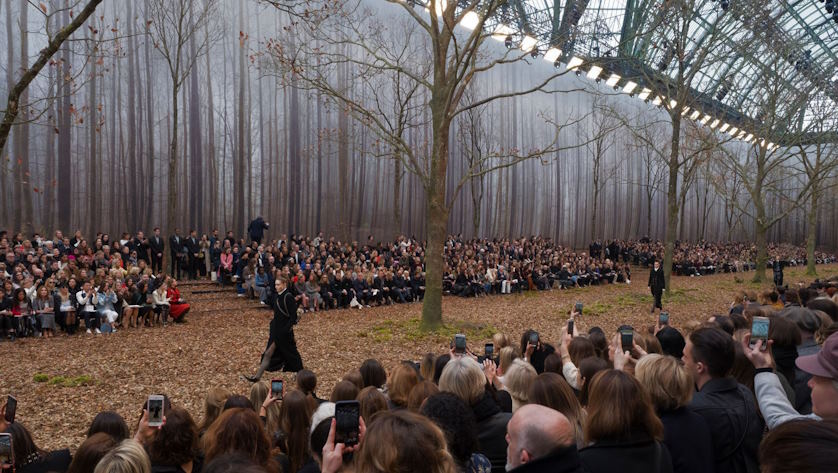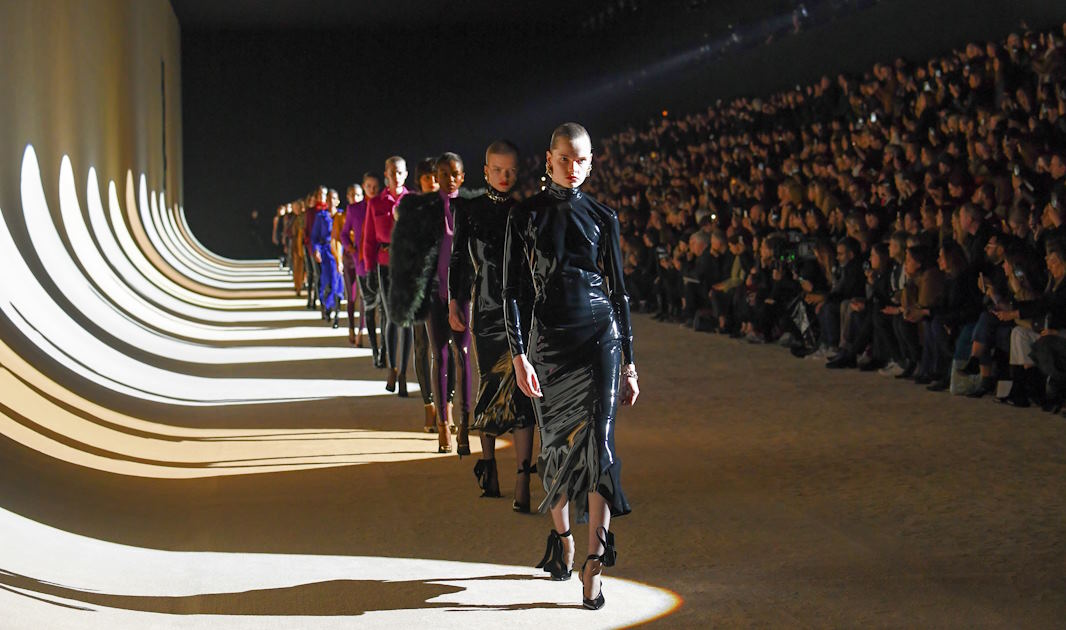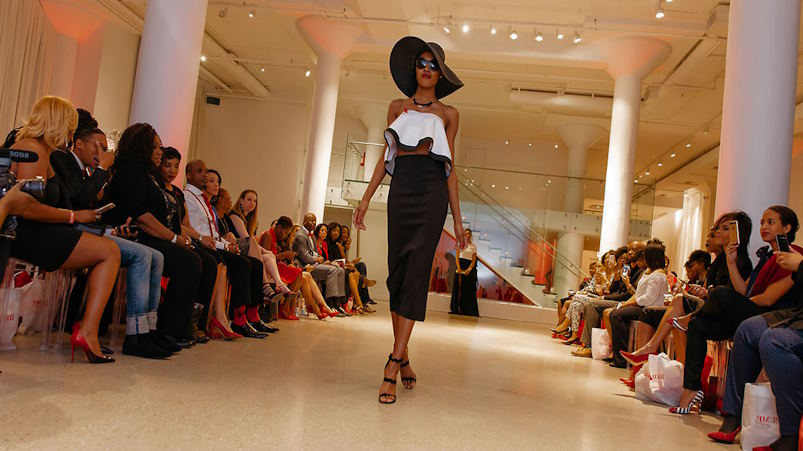Fashion Event Location Scouting: Finding the Perfect Venue
Selecting the ideal location for a fashion event is an art as intricate as the designs that grace the runway. The right venue can set the stage for a memorable and impactful experience, while the wrong choice can leave attendees feeling underwhelmed and disconnected from the brand or designer’s vision. Whether it’s a high-profile runway show, a fashion trade fair, or an exclusive brand launch, the location of a fashion event plays a pivotal role in shaping its identity and impact.
Identifying Potential Venues
When it comes to organizing a fashion event, the first step in the venue selection process is to identify a list of potential locations that can bring your vision to life. Here’s how you can go about it:
Research and compile a list of potential venues:
Begin by conducting thorough research. Look for venues that align with your event’s theme and objectives. Magazines, event planning websites, and fashion industry publications can be excellent resources for finding inspiration. Don’t limit yourself to just local options; consider national or even international locations if they suit your event’s scope and audience.
Consider different types of locations (indoor, outdoor, unconventional):
Fashion events can take many forms, so it’s important to explore a variety of venue types. Traditional indoor spaces like ballrooms and galleries may work for formal runway shows, while outdoor gardens or rooftop settings can create a unique atmosphere. Don’t shy away from unconventional venues like warehouses, lofts, or historical landmarks, as they can add a distinctive touch to your event.
Reach out to industry contacts and ask for recommendations:
Networking is a powerful tool in the fashion industry. Reach out to your contacts, including fellow event planners, designers, models, and even past attendees. They might have valuable recommendations based on their experiences, and they could point you toward hidden gems you might not have considered.

Venue Selection Criteria
Selecting the right venue for your fashion event requires a discerning eye and attention to detail. To make an informed decision, consider the following crucial criteria:
Accessibility and transportation:
Ease of access is paramount. Ensure that the venue is conveniently located, easily reachable by attendees, and well-connected to public transportation. Adequate parking facilities or valet services can also enhance the overall experience.
Size and capacity:
The venue’s size should align with your event’s guest list and layout requirements. A too-small space can lead to overcrowding, while a too-large one might dilute the atmosphere. Pay close attention to the venue’s layout and seating options, as they can significantly impact guest comfort and engagement.
Aesthetic and atmosphere:
The ambiance of the venue should complement your event’s theme and mood. Whether you seek a sleek, modern environment or a rustic, vintage charm, the venue’s aesthetics must resonate with your brand and fashion direction. Consider the architectural details, interior design, and natural lighting to ensure they harmonize with your vision.

Collaborating with Vendors
Creating a successful fashion event is a multifaceted endeavor that demands seamless coordination between various vendors and suppliers. When it comes to venue collaboration, here’s how you can ensure everything falls into place:
Consult with vendors and suppliers on venue compatibility:
Early in the planning process, consult with your vendors and suppliers regarding the venue. Share your chosen location and discuss its compatibility with their services. For instance, lighting and sound vendors may need to visit the venue to assess technical requirements. Florists and decorators will want to understand the venue’s aesthetics to create designs that harmonize with the space.
Coordinate with caterers, decorators, and technical teams:
Close collaboration is key. Ensure that caterers are aware of kitchen facilities and equipment available at the venue. Your decorators should know any limitations and possibilities for venue customization. Technical teams must be in sync with the venue’s infrastructure for lighting, sound, and AV setup. Effective communication between all parties will lead to a harmonious and well-executed event.
Share venue specifications and requirements with vendors:
Provide your vendors with detailed venue specifications and requirements. This should include floor plans, load-in/load-out times, power sources, and any restrictions or regulations imposed by the venue. Clarity on these aspects will enable vendors to prepare and adapt their services accordingly.







